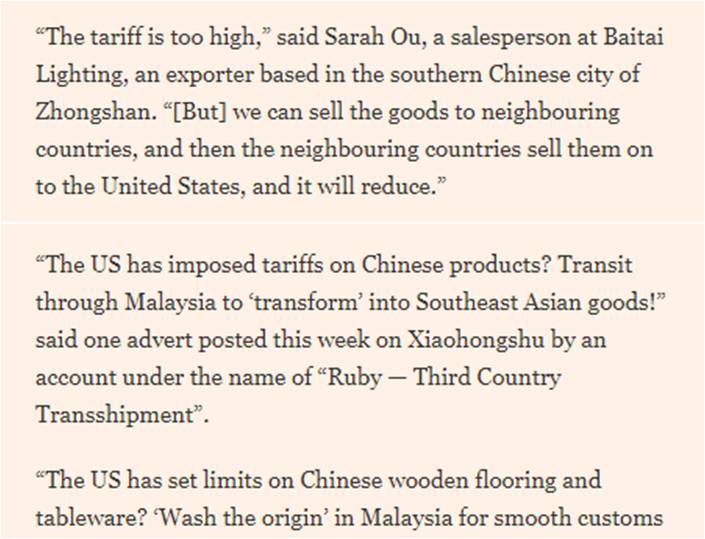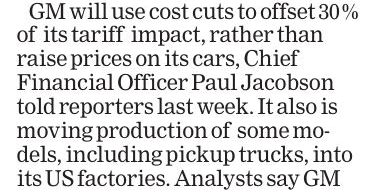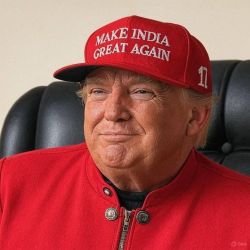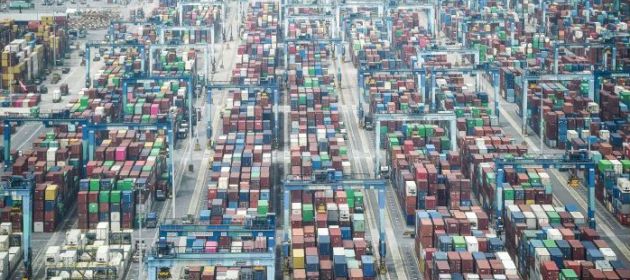Economists claim that American consumers will bear the cost of Trump Tariffs.
Dealmakers insist that overseas exporters and / or American importers will find ways to avoid passing on the burden of Trump Tariffs to American consumers.
According to me, the question of who pays tariffs is extremely nuanced. As a career sales professional in my past corporate life and a businessman in my current entrepreneurial journey, I believe the cost of Trump Tariffs will be shared by some or all parties depending on the tariff rate, criticality of the consumer for the supplier, indispensability of the supplier for the consumer, price elasticity of demand of the goods, margin, and other factors.
In my blog post entitled Dealmakers Trump Economists In Predicting The Impact Of Tariffs, I went out on a limb and predicted that, as long as tariffs are in low teens, the supply chain will absorb it.
My prediction has aged well. Dealmakers are more right than economists so far.
There are seven reasons why Trump Tariffs have not hit American consumers yet (and might never will).
1. 800 lb Chimpanzee Effect
Per Business 101, whenever new business drivers threaten to escalate costs, the first thing suppliers do is to reach out to their suppliers and ask them to reduce their selling prices so that they can partially or fully mitigate the impact of said drivers on their selling prices.
As I highlighted in Ten Things They Didn’t Tell You About Trump Tariffs, this has already started happening. Walmart reached out to its suppliers in China. US auto majors followed suit in India. Then US garment companies joined them. All of them are asking their suppliers to “adjust” their prices.
Though framed euphemistically as “requests for adjustment”, the intent is unmistakably clear: Walmart and other 800 lb chimpanzee American importers are exhorting their overseas exporters to eat the cost of US tariffs by compromising their margins or else lose the lucrative American market.
2. Third Country Transshipment
 Local American manufacturers of auto parts were undercut by cheap imports from China during the previous Trump Administration. When Trump I imposed tariffs on Chinese products in 2018, American manufacturers expected Chinese brands to raise prices in USA. But that did not happen.
Local American manufacturers of auto parts were undercut by cheap imports from China during the previous Trump Administration. When Trump I imposed tariffs on Chinese products in 2018, American manufacturers expected Chinese brands to raise prices in USA. But that did not happen.
Per NPR Planet Money podcast entitled The Trade Fraud Detective, Chinese manufacturers avoided / evaded tariffs by transshipping their goods via neighboring countries that faced no / low US tariffs. More in my blog post titled Globalization – Good or Bad?.
Chinese manufacturers are using the same “Country of Origin Washing” playbook now. According to Financial Times article entitled Chinese exporters ‘wash’ products in third countries to avoid Donald Trump’s tariffs,
Chinese exporters are stepping up efforts to avoid tariffs imposed by US President Donald Trump by shipping their goods via third countries to conceal their true origin.
3. Cost Cutting, etc.
 According to Bloomberg, General Motors faces 25% Trump Tariffs on imports of its automobiles manufactured in South Korea but the company announced that it will not raise the prices of its cars. In the short term, it will absorb part of the impact of tariffs via cost cuts and the rest of it by taking a hit to its EBIDTA margins. In the long term, the largest US automaker announced reshoring of manufacturing to USA.
According to Bloomberg, General Motors faces 25% Trump Tariffs on imports of its automobiles manufactured in South Korea but the company announced that it will not raise the prices of its cars. In the short term, it will absorb part of the impact of tariffs via cost cuts and the rest of it by taking a hit to its EBIDTA margins. In the long term, the largest US automaker announced reshoring of manufacturing to USA.
4. Competition
In Amazon’s latest earnings call, its CEO Andy Jassy said that Amazon sellers have not increased prices. He attributed this to the insane amount of competition on the platform. Click here for more details.
5. Reshoring to India
 Some companies like IBM and GM have announced reshoring manufacturing to USA to avoid Trump Tariffs. But that will take two or more years.
Some companies like IBM and GM have announced reshoring manufacturing to USA to avoid Trump Tariffs. But that will take two or more years.
Meanwhile, Apple has announced another type of reshoring: To India. According to Business Standard, the iPhone maker plans to shift the manufacturing of all US-bound iPhones from China to India, where it already has manufacturing / assembly facilities. This will help Apple avoid exorbitant 145% tariffs applicable on China and enjoy the much lower 10% tariff applicable on India.
(There’s some news that Apple is shifting all iPhone manufacturing to India but ChatGPT feels that overstates the scope of the shift.)
6. Underinvoicing Fraud
Chinese exporters have offered to underinvoice their exports to buyers in USA in order to reduce the impact of tariffs. I first read about this in the section titled Chinese suppliers are offering U.S. Amazon sellers a tariff solution, but it’s not legal of the Fortune Tech newsletter dated 14 April 2025. It’s subsequently reconfirmed by FT in Chinese exporters undervalue cargo to skirt Trump tariffs.
Countries who levied exorbitant imports tariffs went thru’ these underinvoicing, smuggling and hawala grifts decades ago, learned from them and amended their trade policy accordingly.
Kudos to USA for signing up for the masterclass now. As long as it’ll MAGA, it’s Saul Goodman.— SKR (@s_ketharaman) May 3, 2025
7. Mixing Fraud
According to the abovementioned FT article, overseas exporters are mixing high cost items with cheaper goods, thus claiming a lower overall cost of shipments and blunting the impact of Trump Tariffs.
I predicted earlier that overseas exporters and / or American importers will absorb tariffs in the low teens without passing them on to American consumers. It’s now evident that they’re doing so even when the tariffs are as high as 25%.
That means dealmakers are even more right – and sinecure economists, more wrong – than I thought before!
If there’s anyone wondering if exporters and importers will absorb the current 145% tariff on China, the question is moot. At 145%, there are no exports from China to USA.
Exports from China to USA are more or less at a stop now after 145% tariff – Economic Times.
145% is really an embargo than a tariff. I speculate that the embargo will prevail until tariffs on China come down to a more realistic 30% or so. If and when that figure is reached, I predict that the supply chain will absorb the cost of tariffs and insulate American consumers from price increases.
DISCLAIMER: Trump Tariffs is evolving fast and anything can happen anytime. Therefore this blog post is only a snapshot of the present and, unless otherwise specified, it should not be extrapolated for the future. Also, this is not legal or trade advice.
